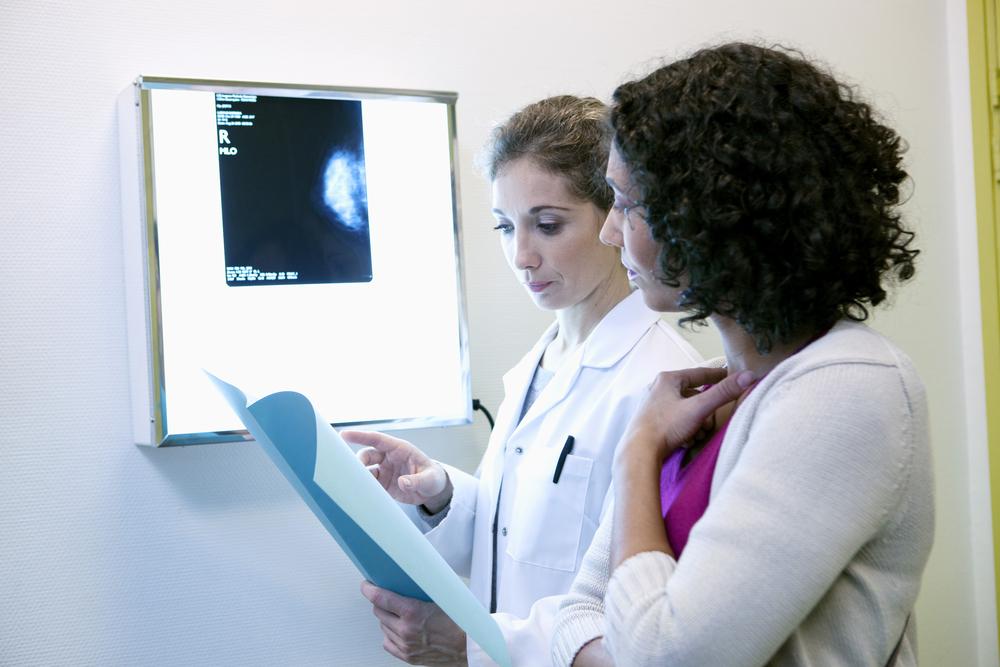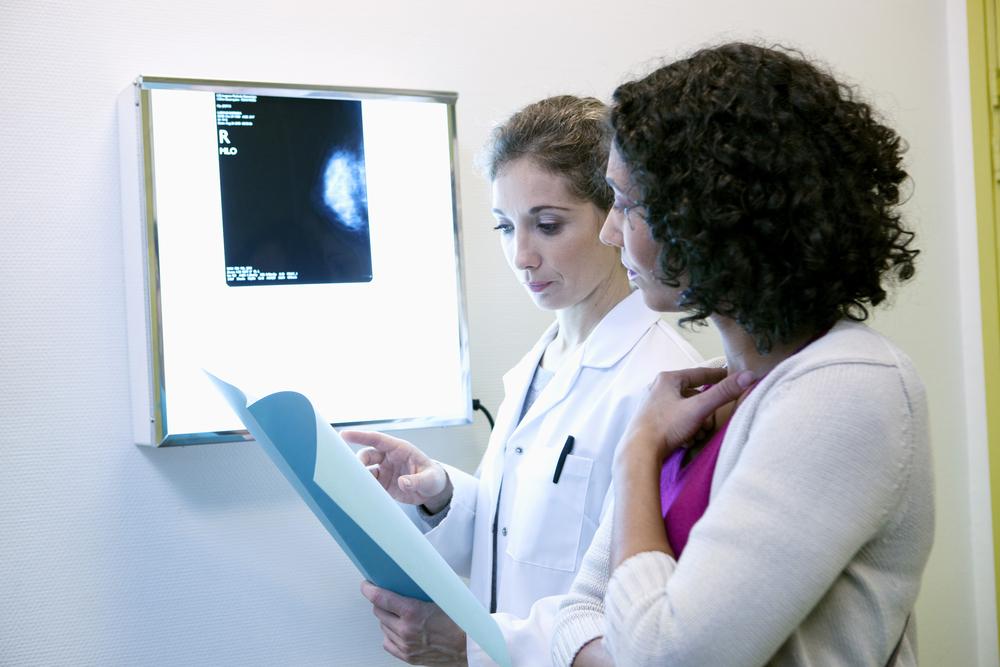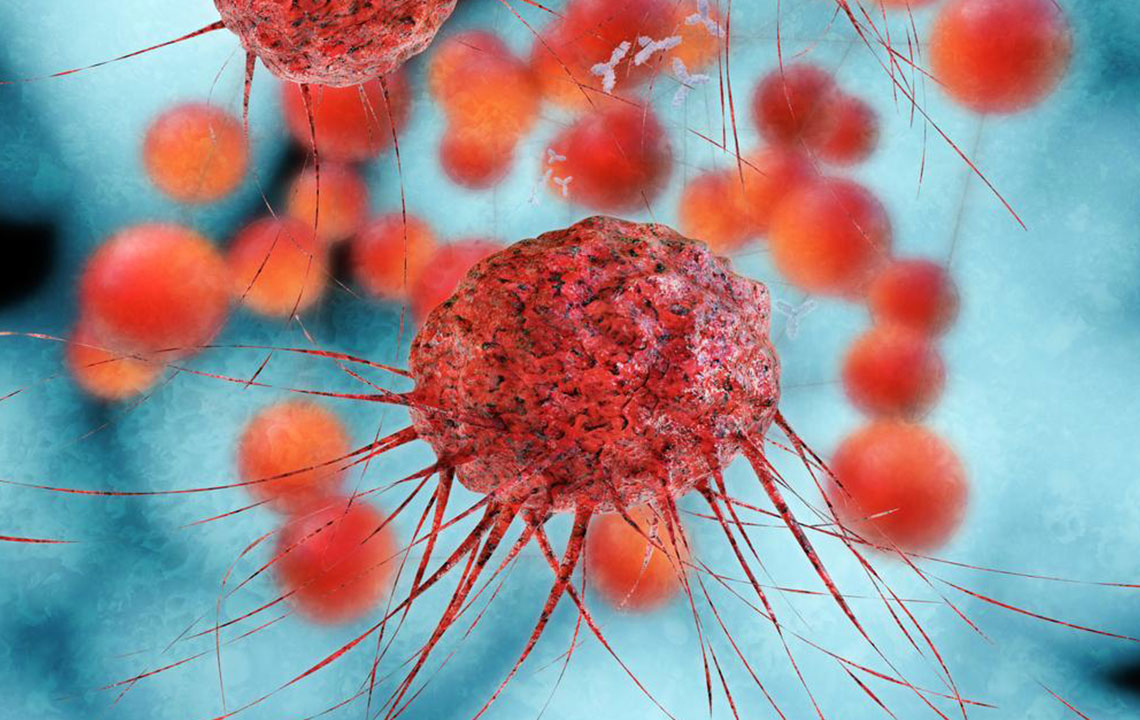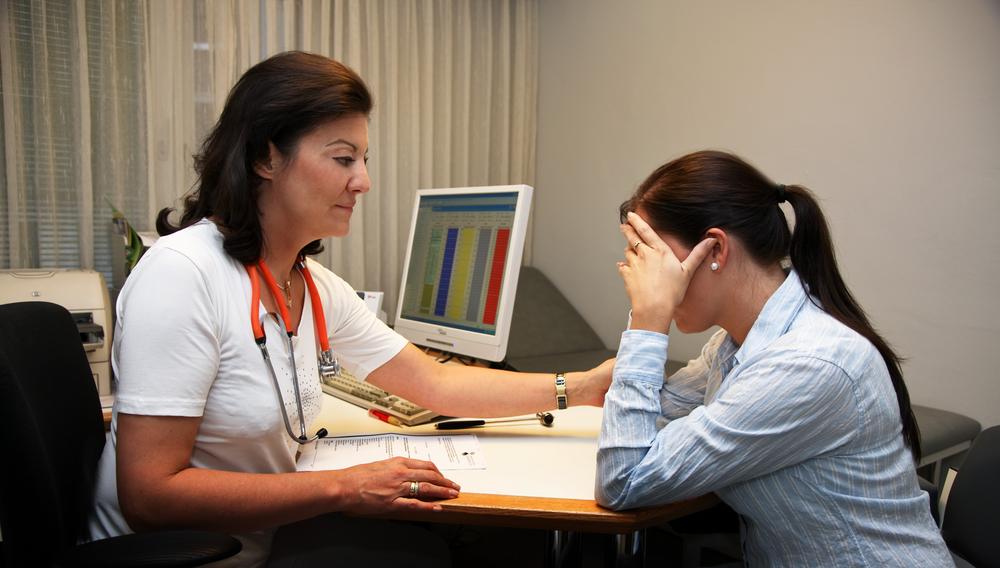Comprehensive Guide to Breast Cancer: Recognizing Symptoms and Understanding Disease Progression
This comprehensive guide explores the stages of breast cancer, from early non-invasive types to advanced metastatic disease. It highlights key symptoms, signs to watch for, and the importance of early detection. Understanding the progression helps patients and healthcare providers make informed decisions for diagnosis, treatment, and management of breast cancer, ultimately improving outcomes and survival rates.

Identifying Symptoms and Understanding the Stages of Breast Cancer
Breast cancer staging is essential for determining the severity of the disease and guiding treatment options. The staging process considers three main factors: the invasiveness of the tumor, whether cancer has spread to nearby lymph nodes, and if it has metastasized to other parts of the body. The system assigns numbers from 0 through 4 to indicate the progression level, helping healthcare professionals develop effective treatment strategies and estimate prognosis.
Overview of Breast Cancer Stages:
Stage 0:
This represents non-invasive cancers, primarily ductal carcinoma in situ (DCIS), where abnormal cells are confined within the milk ducts and have not invaded surrounding tissues. Early detection at this stage often results in highly successful treatment outcomes.
Stage 1a:
Defined by invasive cancer where the primary tumor measures at least 2 centimeters in diameter but remains confined within the breast tissue. Importantly, there is no evidence of spread to the lymph nodes or distant organs, indicating an early yet invasive disease.
Stage 1b:
This stage features small clusters (ranging from 0.2 to 2 millimeters) of cancer cells found within the axillary lymph nodes. Interestingly, there may or may not be a detectable tumor in the breast itself at this stage. The presence of cancer cells in lymph nodes suggests the disease is beginning to spread but remains localized.
At this phase, cancer can be present with or without a palpable breast tumor, emphasizing the importance of screening. Younger women or those with high-risk factors should consider regular checkups for early detection.
Stage 2a:
This stage involves tumors larger than 2 millimeters, generally exceeding 2 centimeters but not yet reaching a significant size, with possible spread to nearby axillary lymph nodes. Alternatively, it can involve a tumor between 2 and 5 centimeters confined within the breast tissue without lymph node involvement. Recognizing these signs early can profoundly influence treatment success.
Stage 2b:
Characterized by larger tumors ranging from 2 to 5 centimeters, with small groups of cancer cells detected in the lymph nodes. Alternatively, tumors larger than 5 centimeters can be present without lymph node involvement, indicating progression. This stage signals a more advanced local disease that requires comprehensive treatment planning.
It also includes cases where tumors exceeding 5 centimeters are present strictly within the breast tissue without lymph node invasion.
Stage 3a:
At this stage, tumors larger than 5 centimeters are common, often combined with cancer spread to nearby lymph nodes. In some cases, small tumors might involve 4 to 9 lymph nodes close to the breastbone, indicating regional spread. Such involvement suggests the cancer is becoming more aggressive and requires more intensive therapies.
Stage 3b:
Involves tumors of any size that may have extended into the chest wall or skin of the breast, causing redness, swelling, or peau d’orange appearance. It often presents with multiple lymphatic involvements and skin changes, signaling locally advanced disease.
Stage 3c:
This stage includes cancer that has spread to 10 or more lymph nodes, including those near the collarbone and above the clavicle. The extensive lymphatic involvement indicates significant regional spread but without distant metastasis, which affects treatment strategies.
Stage 4:
Known as metastatic breast cancer, this stage indicates that the cancer has spread beyond regional lymph nodes to distant organs such as the brain, liver, bones, skin, or other areas. This advanced stage requires systemic therapy and presents the greatest challenge for treatment and management, though quality of life and palliative care remain vital aspects.
Recognizing Signs and Symptoms of Breast Cancer
Most breast cancers are initially detected through routine self-examinations or screening procedures. Early signs often include a small, firm lump that might be painless and immobile. Typically, benign lumps tend to be soft, movable, and painful, whereas malignant lumps are usually hard, fixed, and painless. However, any unusual lump warrants prompt medical evaluation, regardless of pain or softness.
Other common symptoms include breast swelling, changes in skin texture, nipple irritation, abnormal nipple discharge, or skin thickening. These can often be mistaken for benign conditions such as cysts or infections, underscoring the importance of professional assessment for accurate diagnosis.
Early and Advanced Symptoms of Breast Cancer
Painless lump (early stage) — often the first sign noticed during self-examination
Advanced Stage Symptoms
Pain in the breast or chest area
Swelling or enlargement of the affected breast
Nipple changes, including irritation, redness, or inversion
Unusual nipple discharge, especially if bloody or persistent
Skin redness, thickening, or dimpling around the breast or nipple
Visible signs of distant metastasis, such as neurological symptoms if the brain is affected
Recognizing these signs early and seeking timely medical care can significantly improve treatment outcomes and quality of life for those affected by breast cancer, making awareness and screening essential tools in combating this disease.




